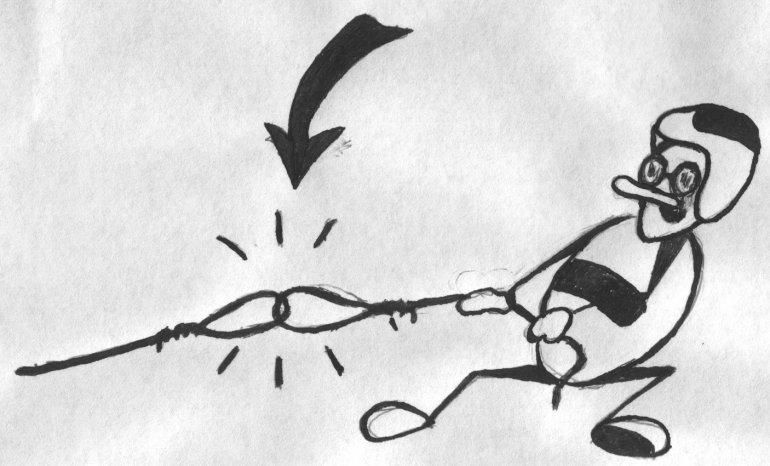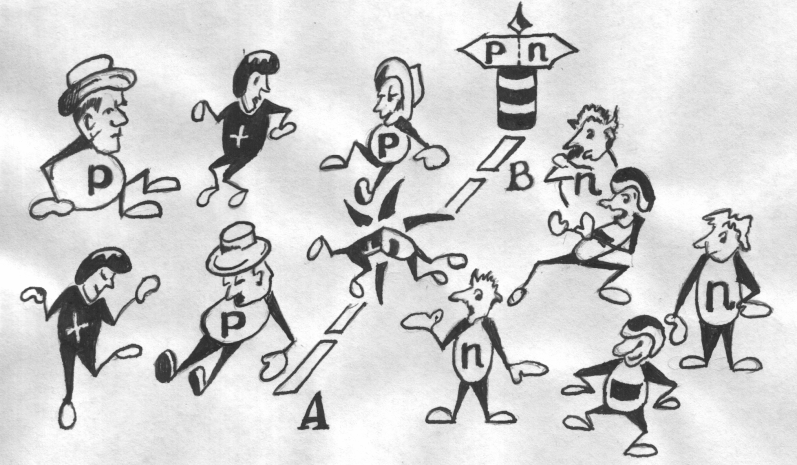
- •Unit 10
- •(II) If-clause (If I determined …, it would occur … )
- •I wish I determined…
- •I wish I had designed…
- •Fill in the table
- •Put the verbs in brackets into the correct form.
- •Write a sentence with if … for each situation.
- •Write sentences beginning I wish…
- •Write your own sentences beginning I wish…
- •Put in wish(ed) or hope(d).
- •What do you say in these situations? Write sentences with I wish … would …
- •Are these sentences right or wrong? Correct them where necessary.
- •Put the verb into the correct form.
- •Translate the following international words without a dictionary.
- •Read and translate word-combinations.
- •Start from the first component.
- •Start from the second component.
- •Match the following word-combinations with their translations.
- •Translate word-combinations.
- •Choose as many words from the table of exercise 1 as you can and form sensible sentences.
- •Read the text “The p-n Junction”. Mark the following sentences as true (t) or false (f).
- •Read the text “The p-n Junction”. Mark the following sentences as true (t) or false (f).
- •Fill in the gaps in the sentences.
- •Refresh the text “The p-n Junction“ in your memory and answer some questions.
- •Summarize the text “The p-n Junction” in 150 words using the following plan:
- •Translate the text about Semiconductor Device Simulator with a dictionary in writing guessing the meaning of international words. Abstract
- •Speaking
- •Draw a picture of a p-n junction in your own interpretation and describe it.
- •Act as an interpreter. Translate the description of the p-n junction given by your group mate from English into Russian.
- •Divide into two groups. Group a translates text a “The p-n Junction”, group b translates text b “Joining p- and n-Type Germanium” with a dictionary in writing. Text a
- •Text b Joining p- and n-Type Germanium
- •Make a summary in Russian of the text you haven’t read.
- •Serve as a simultaneous interpreter of the summary stated above.
Choose as many words from the table of exercise 1 as you can and form sensible sentences.
For example: The difference in potential from one side of the junction to the other is cold the height of the potential barrier and is measured in volts.
Specialist Reading
Read the text “The p-n Junction”. Mark the following sentences as true (t) or false (f).
Diffusion is a tendency of charge carriers to move to areas of high density.
The free electrons and holes have completely purposeful motions in the lattice.
On average the N-type region gains holes and loses electrons and the P-type region gains electrons and loses holes.
The region to the left of the junction becomes positively charged and the region to the right of the junction becomes negatively charged.
If a silicon crystal is doped with donor atoms at one end and with acceptor atoms at the other end, the crystal will have only N-type regions.
In Fig.2 from the text the plane AB is the P-N junction.
A hole passing into the N-type region, or an electron passing into the P-type region, becomes a majority charge carrier.
The P-N Junction
If a silicon crystal is doped with donor atoms at one end and with acceptor atoms at the other end, the crystal will have both P-type and N-type regions and there will be a junction (Fig. 1) between them. In Fig. 2 the plane AB is the P-N junction; only the free electrons and holes have been shown. Both regions include charge carriers of either sign but in the N-type region electrons are in the majority and in the P-type region holes predominate. In both regions the probability of a minority charge carrier meeting and recombining with a majority charge carrier is high and the minority charge carrier lifetime is short.
|
|
Fig. 1. The junction is strong |
Fig.2. P-N junction |
The free electrons and holes have completely random motions and wander freely in the lattice. However, since there are more electrons to the left of the P-N junction than to the right and more holes to the right of the junction than to the left, on average more electrons cross the junction from left to right than from right to left.
On average, therefore, the N-type region gains holes and loses electrons and the P-type region gains electrons and loses holes. This process is known as diffusion and may be defined as the tendency for charge carriers to move away from areas of high density.
Since the N-type region loses negative charge carriers and gains positive charge carriers and the P-type region loses positive charge carriers and gains negative charge carriers, the region to the left of the junction becomes positively charged and the region to the right of the junction becomes negatively charged. A hole passing into the N-type region, or an electron passing into the P-type region, becomes a minority charge carrier and will probably recombine with a carrier of opposite sign and disappear. However, one region has lost a positive (or negative) charge and the other region has gained a positively (or negative) charge. The movement of holes and electrons across the junction constitutes current and this is known as the diffusion current.


